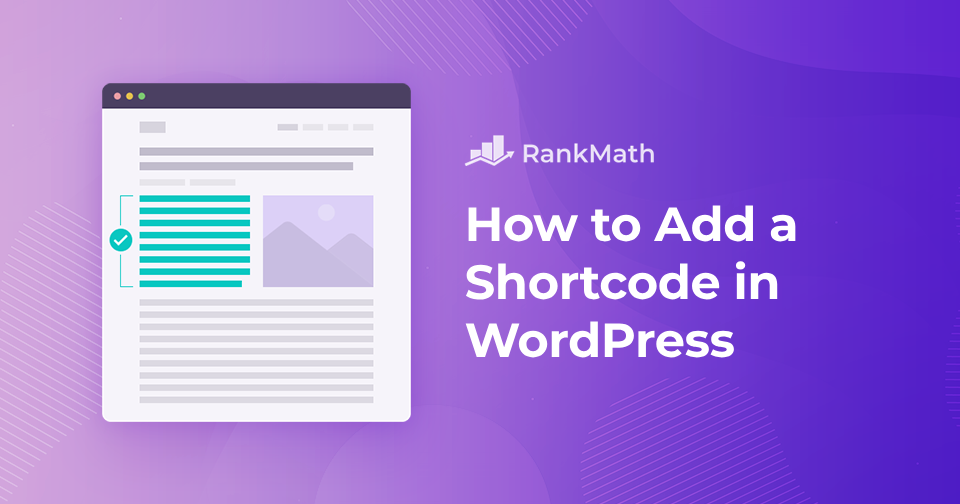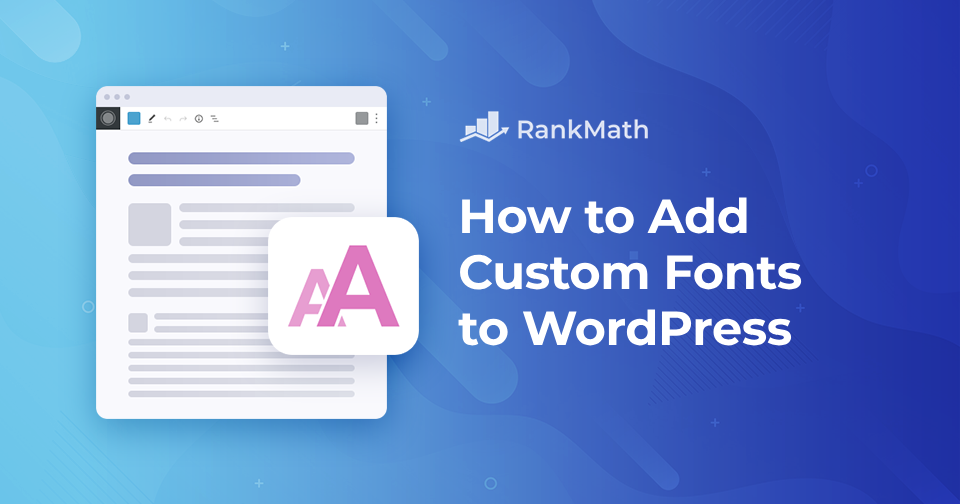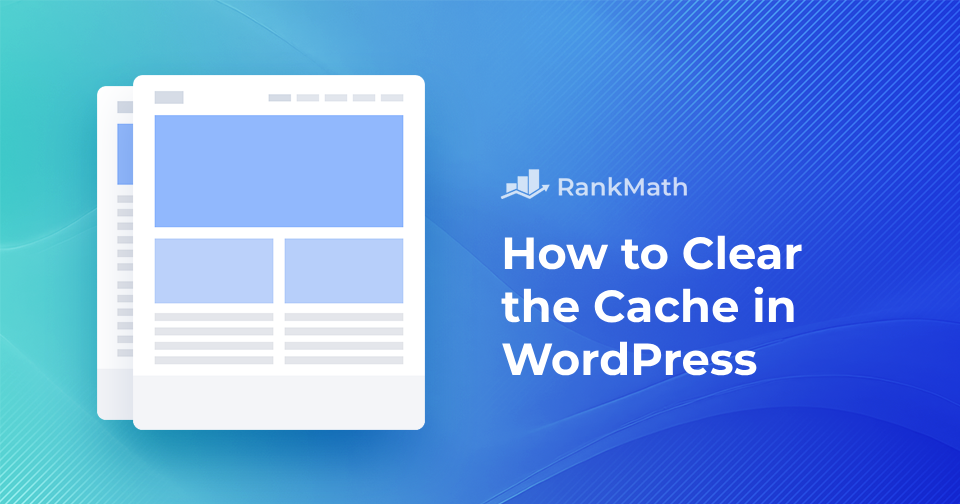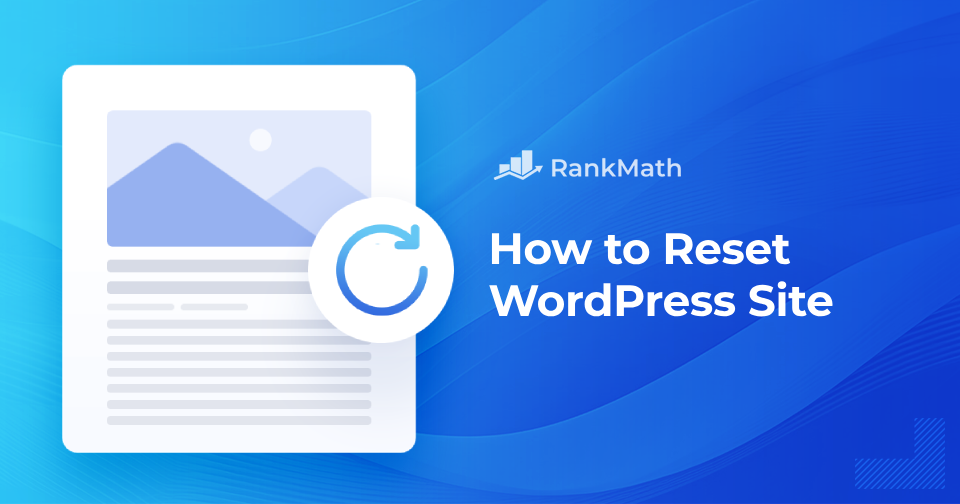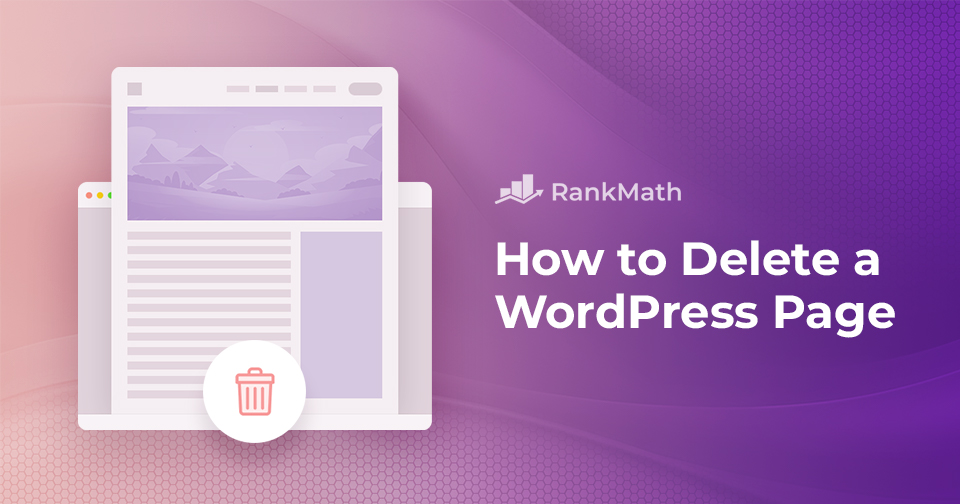How to Easily Add a Shortcode in WordPress
Shortcodes are handy snippets of code that you can sprinkle into your WordPress posts and pages to add powerful functionality without writing any PHP.
They’re like powerful tools that let you embed forms, display sliders, or create custom buttons, all with just a simple line of code.
In this post, we’ll show you how to add a shortcode in WordPress and how to use them in your content.
So, without further ado, let’s get started.
Continue Reading